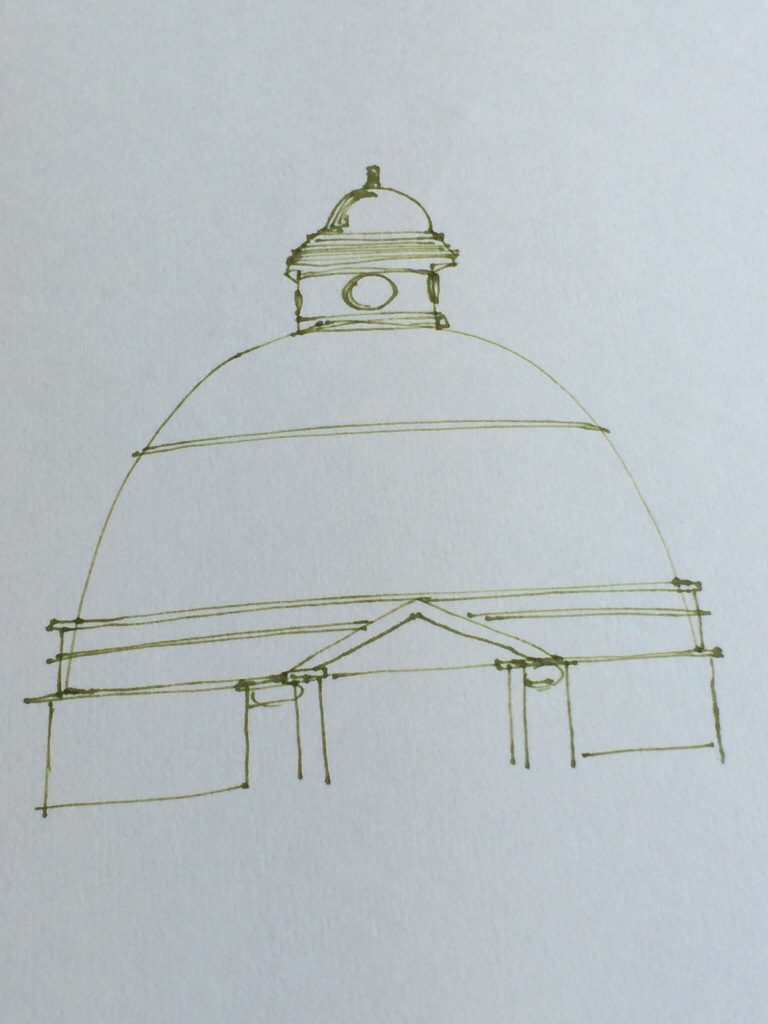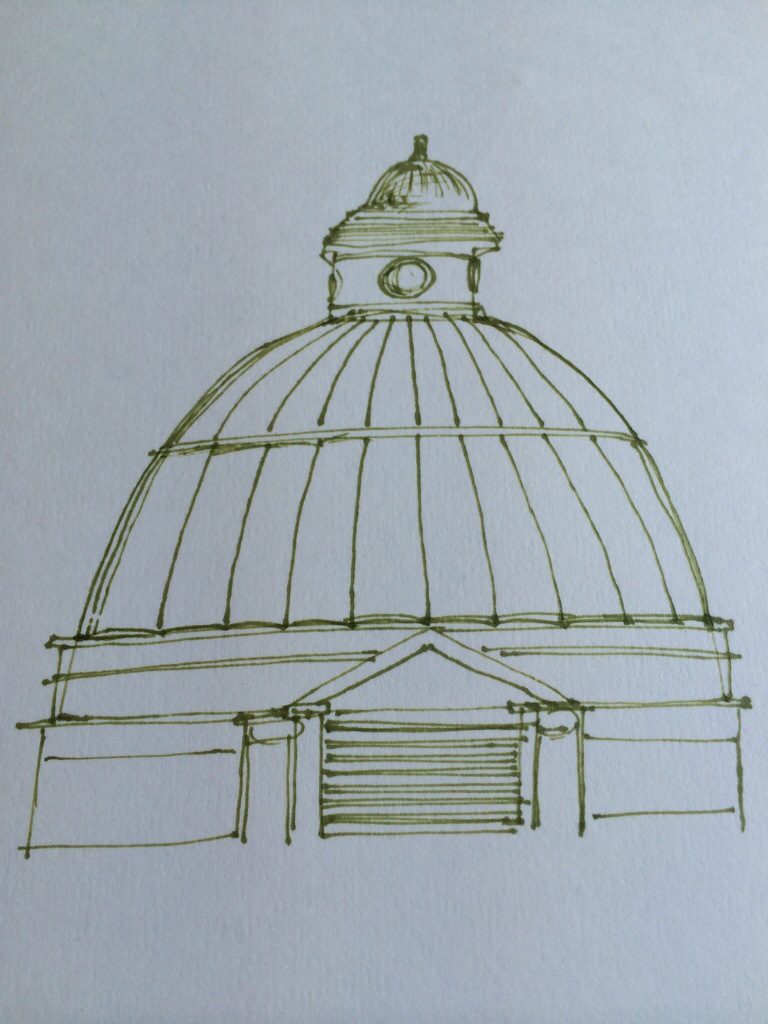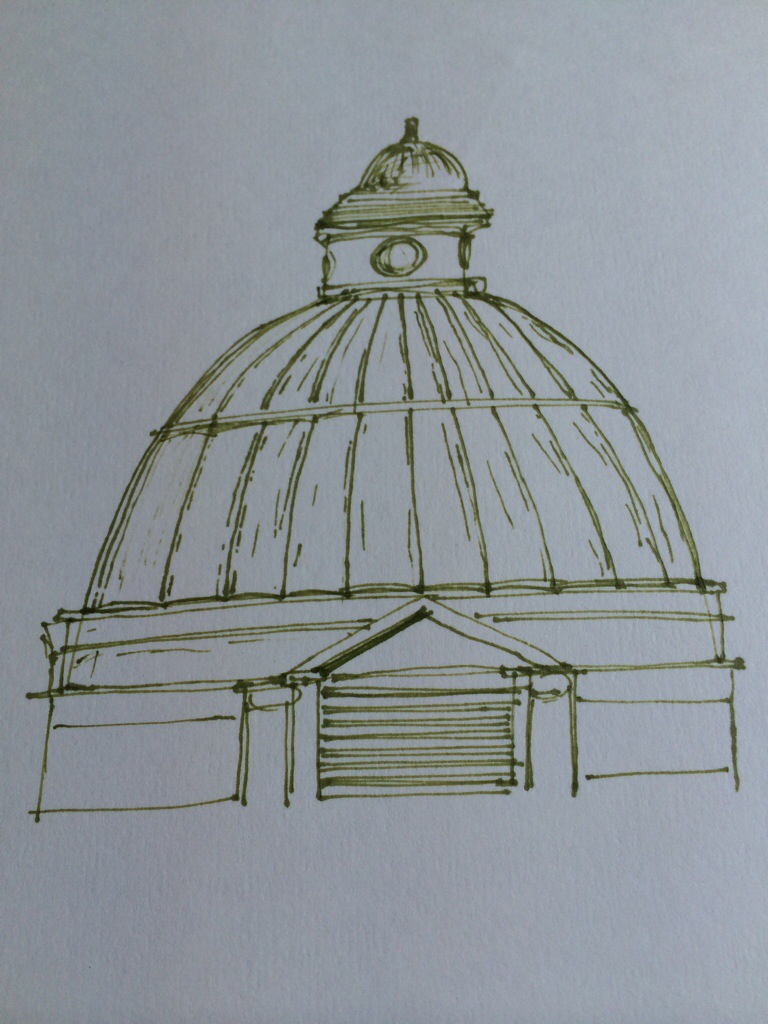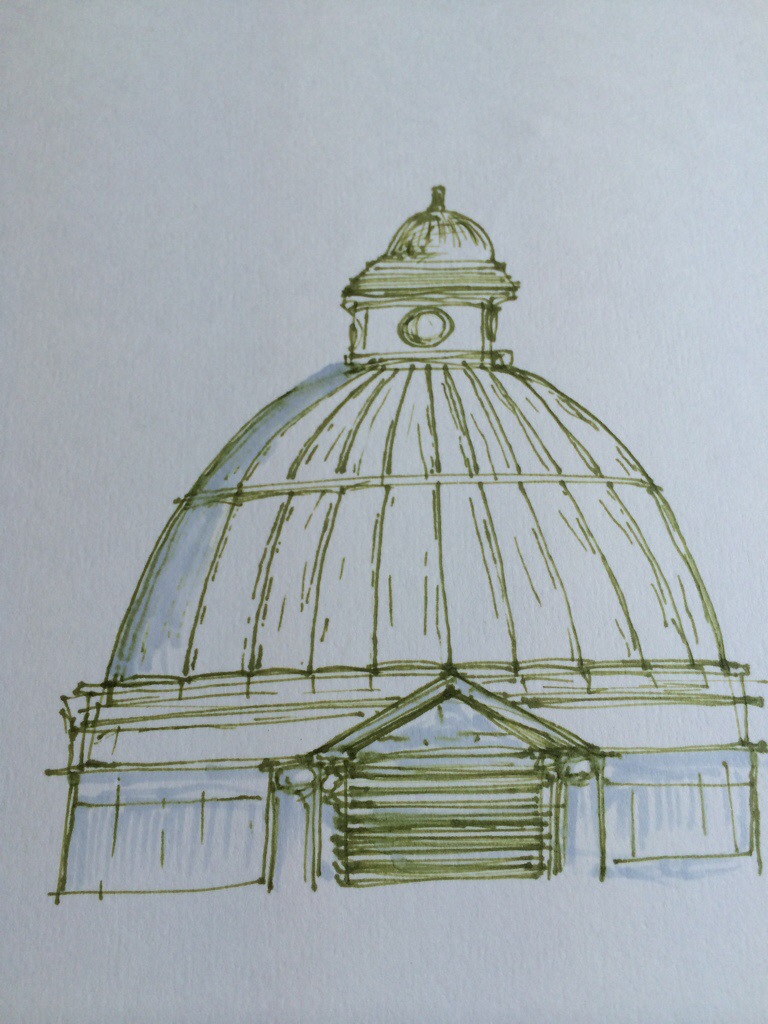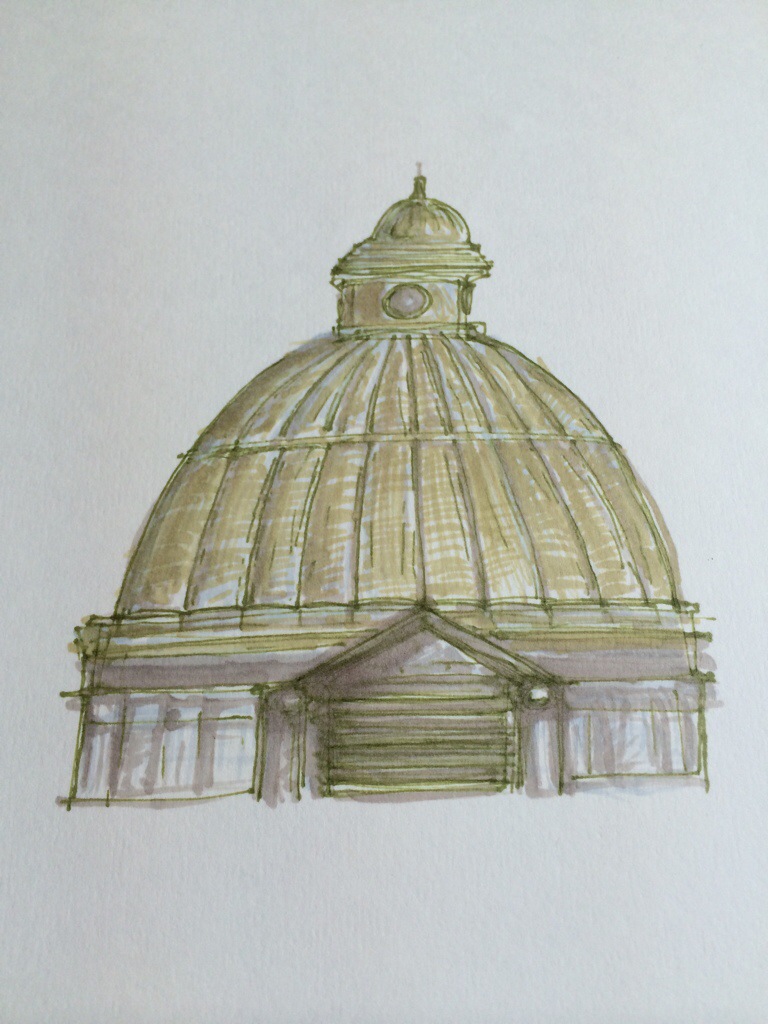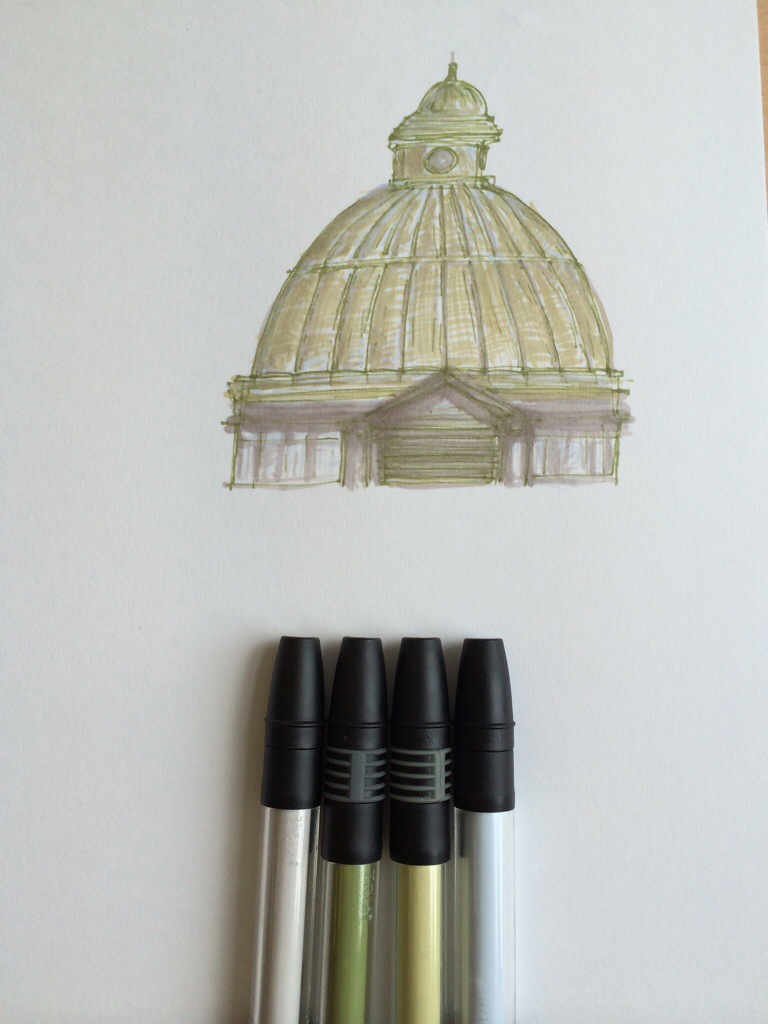Category: illustration
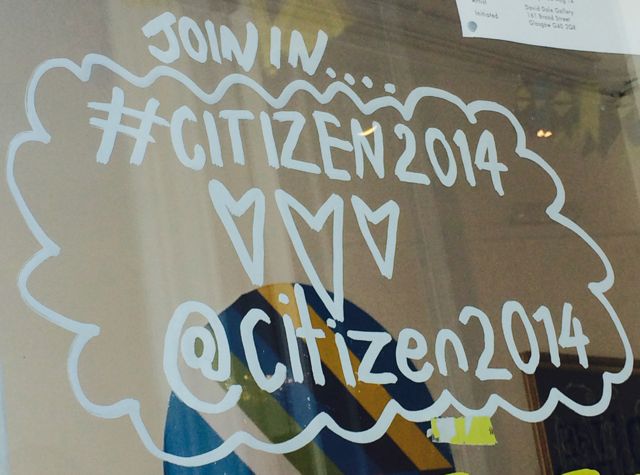
An exciting project for the next two weeks…
Not that what I do isn’t normally exciting (it is!) but I am particularly excited to be part of a collaborative pop up media centre called Citizen 2014 over the next few weeks.
As you can see from the Citizen2014 website, a number of partners (Digital Commonwealth, University of the West of Scotland, Somewhereto_, Beyond the Finish Line, Mind Waves, The Media Trust, Third Sector Lab and the Big Lottery Fund) are all working together on this project to encourage citizen journalism during the two weeks of the Commonwealth Games activities. It’s brilliant to be able to be part of a team of enthusiastic digital media ambassadors who want to bring out the stories of all the cultural and community activities around Glasgow 2014 and share their skills and show other people how to do this.
As well as my usual role as educational coordinator for Digital Commonwealth (where for the next few weeks I will be working with the Citizen 2014 team, where will all be planning and running our citizen reporting activities) I will also be running a series of free digital workshops (bookable online, or in person at Beyond the Finish Line) as part of the project:
- Love postcards- make an animated postcard to send to someone you love, or tell the world what you love about Glasgow (using Mozilla Thimble)
- Newspaper remix- find out about all the events ‘on this day in history’ in the Commonwealth, and tell people your news of what you have been up to by creating a digital newspaper using Mozilla Thimble
- Commonwealth building sketching- Try your hand at some sketching of Glasgow architecture on paper, then experiment with making your sketches digital (using paper, pens and some apps)
I am so happy to be involved in all of these activities and hope to see you at 7 Trongate and taking part in the #citizen2014 conversations. Perhaps I am being a bit ‘cheesy’ in my closing statement, but, to use the statement which I have seen all over the city recently, ‘Bring it On’!

Drawing a roofscape in Letraset Tria pens
I have been experimenting with new art materials and very much enjoying the effects which one can achieve by using Letraset pens. I fondly remember the Letraset brand as something which involved lots of rubbing and transfers to make beautiful (if often wonky, given uncareful placement) words and phrases. I also remember trying to make a local plan diagram from rubbing patterned Letraset, it made trees and everything! You can still buy such goodies, but they are perhaps not such a prominent tool in many designer or technicians tools now that computers can do the same thing. One day I will make a “retro” plan illustration with these, just because it’s still possible. The town planner in me has always been creative, the creative in me has always sought out socially aware , useful and enjoyable outlets for my work!
The tria pens come in lovely boxes, there is an “architecture” set which I was kindly given a gift of time ago. I was almost scared to use them because they are so beautiful. Pens are, however, designed to be loved and used… And I have been experimenting with the older pens and some recent acquisitions.
The view from my studio has a particularly nice dome in sight, which as someone who revels in architectural drawing is a challenge begging to be explored. I usually go for black sketching pen and then a watercolour lining, but today the Letraset pens were beckoning.
Materials:
Daler-Rowney smooth cartridge paper (at least 150 gsm)
Letraset Tria- G136, Y516, WG07 and C919
Method:
Start out with an outline drawing of the dome in the lift green colour. This may seem an unconventional choice for line drawing, but as the dome is constructed with copper, which has taken on a patina or age over time, the green reflects this tinge. Concentrate on the symmetrical appearance, but a little artistic licence won’t disturb the overall affect here and there (this is a freehand representation, drawn with love, not a “to scale” model after all).
Add the lines for the dome construction, forming the individual sections of the dome
Continuing to use the fine nib, press lightly to imply structure and form, adding short dashes of line to the dome.
Use the more blue coloured C919 marker to add tones of leadwork to the base of the dome, including the triangular pediment. Lead has different Material properties and is often laid in sheets; reflect this in the lines you use.
Having added more structure to the drawing, it is time to add shadow. Use the brush end of the same pen to add wider swoops of colour, implying shadow.
Continue adding colour, noticing the angle of the shadows. The next stage is to use an alternative colour, Y516, to add a more realistic colour and start to define each part of the structure. The copper is slightly curved on the dome; add lines with the fine tip to imply curved areas. The dome is a greener colour than the lead below, so the new colours reflect this. Occasional areas of brush can be used to add shadow.
Use the last pen (brush tip) to emphasise any areas of shadow and continue tinkering until you are happy.
That’s it!
Part 2 of this entry is ” make it digital”…
Fun at the festival of museums
This weekend it has been the Festival of Museums throughout Scotland (and Museums at Night throughout the UK). We had a great time yesterday (May 17th) on an architectural art bus tour organised by the Glasgow Gallery of Modern Art, and hosted by Dress for the Weather architects. There is currently an exhibition at GOMA by Nathan Coley, using the architectural form of places of worship in Edinburgh to form a dramatic model landscape, our tour was inspired by this and we visited two religious buildings in the South Side of Glasgow (Glasgow Gurdwara and Govan Old).
I have included a taster of some of the sketches and models in the video, but I am looking forward to seeing them all on display in GOMA together.
Are You Here- An Exhibition Documentary
This is a short video on the recent art exhibition I had at Gladstone’s Land, Edinburgh. It was filmed by Bad Monkey Films, and shows the installation process, opening night event and a short introduction to the project featuring comments from some of the attendees.
The wall of inspiration
So, this is what part of my studio looks like at the moment after two weeks of research away for my Are You Here Project. I thought I would share it for a bit of fun (I liked the way the printed out photographs all sat nicely together), and also ask how other people who do creative work get inspiration and plan out projects.
An energising, creative, community weekend of Glasgow West End Festival events
Returning from my study trip (and having recently enjoyed Bristol Mayfest and the Brighton Fringe) I felt it would be a nice way to start June to visit some of the Glasgow West End Festival goings on. This is is an annual event which is now in its eighteenth year, offering a huge range of events, talks, music recitals, plays and other activities, many of which are free.
The Kelvinside Hillhead Parish Church is somewhere I have wandered past many times and peeked up at from Byres Road but I had never been in. They are open most weekends during the Festival, so do go and see this building if you can; what windows! There are several Cottier windows and also one designed by William Morris. I have never seen stained glass sunflowers before; beautiful. The roof is quite spectacular as well, the whole church is actually modelled on the Sainte Chapelle in Paris.
For lunch we popped into Waitrose and purchased some suitably sunny snacks, and sat in the Kibble Palace under the heat of the glass enjoying some Mediterranean themed sustenance. Saturday had moments of extreme sun with some scattered showers, so the Kibble was full of happy, dry people. We went for a nice wander around the west end conservation area, admiring the beautiful bay windows and detailed ironwork en route to Rio Café where the Partick Monkeys were playing. I had not seen them before and as fans of ska we were happily dancing along to tunes old and new (take a peek at their songs on their soundcloud ).
On Sunday we visited the Gibson Street Gala, which is a community event where part of the roads are closed off and made traffic free for the day. I was pleased that they had a nice day for this, another glorious Glaswegian sunny day, just the thing for a street party. One of the great things about the Gibson Street Gala is that it has so many activities for young and old, but also (for those of an architectural persuasion) that you can have a sneak peek at what tenement back courts could all be like as GOW residential backcourt opened up their gardens for the day offering tea from Tchai Ovna, relaxing music and interesting “half hour art” sculptures.
St. Silas Church was giving away fairtrade coffee and also running fairground games, with some atmospheric singing and piano accompaniment inside the church (which also has some rather wonderful stained glass, what a treat.)
As you can see from the photograph I took from the top of Gibson Street hill, we were not the only ones out enjoying the day!
One of the many things I like about living in the city is that some libraries are open on a Sunday, this weekend was particularly busy at Hillhead as Mairi Hedderwick was doing two talks, one for children (and the young at heart) on the Katie Morag books and one on the art of travel writing. I have always enjoyed her style so it was nice to meet her and hear stories of her travels around the Highlands and Islands of Scotland, with a little “behind the scenes” insight into how she prepares those beautiful illustrations. There are quite a few author events on during the festival, detailed at http://www.westendfestival.co.uk/events.
The Granny Would Be Proud” craft and vintage fair was on at Hillhead Bookclub, with bargains and one off pieces to be found. I was taken aback by the beauty of this building, as the ceiling is quite something to behold (the mezzanine means you can get quite close to it). This was another “why have I not been here before” moment as it is a place which has a lot of events (many specifically for the Festival) and offers an interesting selection of food and drink in a rather wonderful category A listed former cinema setting.
This was only the first weekend of the festival, many other delights await for the rest of the month!
—
Sources of information for this blog post:
- Gibson Street Gala 2013 Programme of Events
- Kelvinside Hillhead Parish Church welcome guides
- Scottish Cinemas- Hillhead Picture Salon http://www.scottishcinemas.org.uk/glasgow/hillheadsalon/
- West End Festival 2013 programme available online at http://www.westendfestival.co.uk/
Retracing the steps of illustrator Stella Langdale
Yesterday I made a journey to Hove Library to see the book “Unknown Brighton” which was published in 1926, containing text by George Aitchison and illustrations by Stella Langdale, who is a member of my family tree. I had first heard of this book through the website “Ye Olde Sussex Pages” and a little research using the Brighton and Hove online web catalogue revealed that there was a copy in Hove library.
I had never been to Hove before, yet I “knew” where to find it as I instinctively wandered upstairs and found the local studies room, sought out the Brighton shelves and there it was! I was absolutely delighted to be able to hold the very book in my own hands. It had that well worn appearance, with pages a little fragile and well thumbed. The blue cover and gold embossed lettering was slightly faded and looking to the side one could observe the curved and folded leaves of paper, hiding the treasure within.
Stella did 24 aquatint illustrations for this book, and a number of line drawings which annotate the text at key parts. Even though these were prints of aquatints, it was wonderful to see these as they reveal a little of Stella’s style. The influence of the Glasgow school in her long flowing lines can be seen, particularly within the Pavilion illustration, and elegant use of tone and shadow add to the delight (view more of Stella’s work here, and read my previous posts about my genealogical art journey project here). The words of the book relate to the many sides of Brighton which a visitor may not know about; written in the 1920’s one wonders to what extent the visitor of those times went “of the beaten track” to discover the environment beyond the seafront, aquarium and pavilion. Indeed, many visitors today may do the very same, although the Lanes is of course now well known for shopping and entertainment.
There were a number of references to the development of Brighton as a settlement, and also to several works held in the museum. I ventured to Hove museum as it was nearby, and discovered the very same amber pot which Stella had completed line drawings of! Information panels told me that this pot was “one of Britain’s most important bronze age finds”; for me it is also a great family history find… nose to case with something Stella had seen, and drawn!
On return to town I also went back to the Brighton Museum and Art Gallery, seeking out a mug which featured in the book. I knew from a previous visit that it was likely to be part of the Henry Willett collection, as a maritime themed item of pottery (Willett was a local businessman who amassed a huge collection of porcelain and catalogued it into various themes to help people learn about different topics relevant to social history, it was given to Brighton museum in 1903- therefore quite new for the Langdale family and other Brighton residents at the time when Unknown Brighton was written). I scoured the display cases and opened all of the discovery drawers in the room, to no avail. No sailors cup. I did find it on one of the interactive displays, however, so I have “sort of” seen it, and discovered it was made in 1895 by Charles Brennam. Item 324 must be in store!
In the section regarding the Lanes, available on the “Olde Sussex” website two images from this book are shown, one of Black Lion Lane and one of a fig tree. After my amber cup find I was feeling upbeat and thought, yes, I will try and find those views. Chances of finding a random tree in the middle of a busy City Centre? Pretty minimal, but I thought I would try anyway. The Lanes were less busy than the previous few bank holiday sunny days and it had only just stopped raining. The paving was sprinkled with rain and shone in the sun, good exploring territory as only the hardy few would be out and about at this time (late lunch, when those huge bed and breakfast full English-es have worn off and tastebuds start demanding attention again).
Black Lion Lane was easy, I had actually walked down this lane before, and seen the lion (as detailed in a previous post). On thinking about the aquatint, I recreated the view in my minds eye; it was the route from Ship Street to Black Lion Street. The little inshot about halfway up the snickel (as Yorkshire folk would call it, but here my Pevsner guide tells me it is called a twitten) looked familiar, it was on the right hand side of the aquatint therefore must be in that direction. The hanging lantern was long gone, a modern street light was in its place. I took a photo of this and then walked back in the other direction to take another photograph, just to be on the safe side. I marvelled at the crazy pebbled walls, which have now become familiar to me and stroked one appreciatively on the way past. It was shiny and smooth with the passing of many people. I wondered if Stella may have done the same thing.

Black Lion Lane view (compare with original)
At the end of the lane I stepped out of the enclosure to the street and into the light of Ship Street, looking back at my find, happily, and pausing to think how interesting it was to actually be walking in the places where my ancestors had been. I peeked across the road. There was another twitten, inviting exploration. I was feeling a little tired and was about to go back through the lane to find a coffee stop, but thought “no, another five minutes won’t hurt”. I walked across the busy street (avoiding the white and teal taxi, whose colours reflect the railings on the promenade) and into the lane. This lane was no ordinary lane. There were buildings on one side and a low wall with gates on the other. Some plants were hanging over the brick wall and some trellis was trying to keep control of a tangle of greenery which appeared to be winning that particular battle. Looking up, I saw bright green leaves with the sun shining through. Slowly it dawned on me that there was something unusual about these leaves. They were a pretty shape and some had fruit. Was this THE tree? Not being the best at botanical studies I doubted my initial judgement, but I took some photographs and thought out loud “how long do fig trees live?”. This was not just any old tree, this was a beautiful tumbling tree, whose branches reached over the wall and spread out happily. Just like the one in Stella’s drawing.
I retired to the 16th Century Cricketers Arms (Brighton’s oldest pub) and had a long lemonade and lime pause. Had I really found the tree? Was this the one in the aquatint? Was this a fig tree or was I just making it up, hoping it was true? I resorted to modern technology; wifi revealed that yes, this was indeed what a fig tree looked like, and yes, it did look remarkably like the one in the aquatint. Ficus said Wikipedia. Ficus religiousa I thought! Not the Bodhi tree, but a little family tree remaining just for me!
—————–
The sources of information which I used for this blog post are:
- Aitchison, G (1926) Unknown Brighton (John Lane, The Bodley Head Publishing)
- Antram, N and Morrice, R (2008) Brighton and Hove (Yale Books)
- Brighton Museum information panels and interactive display -the Willett collection
- Brighton and Hove Online Library Catalogue- https://brighton-hove.spydus.co.uk/cgi-bin/spydus.exe/MSGTRN/OPAC/HOME
- Cricketers Arms – information panel
- Hove Museum information panel- the amber cup
- Ye Olde Sussex Pages- The Lanes A History http://yosp.co.uk/index.php?option=com_content&view=article&id=517&Itemid=1166&lang=en
- Wikipedia – Ficus http://en.wikipedia.org/wiki/Ficus
The power of pens

I love these beautiful pens, a very happily received present. They are Letrasets, bold and wonderful. The power of new, lovely, pretty pens and a blank page!

